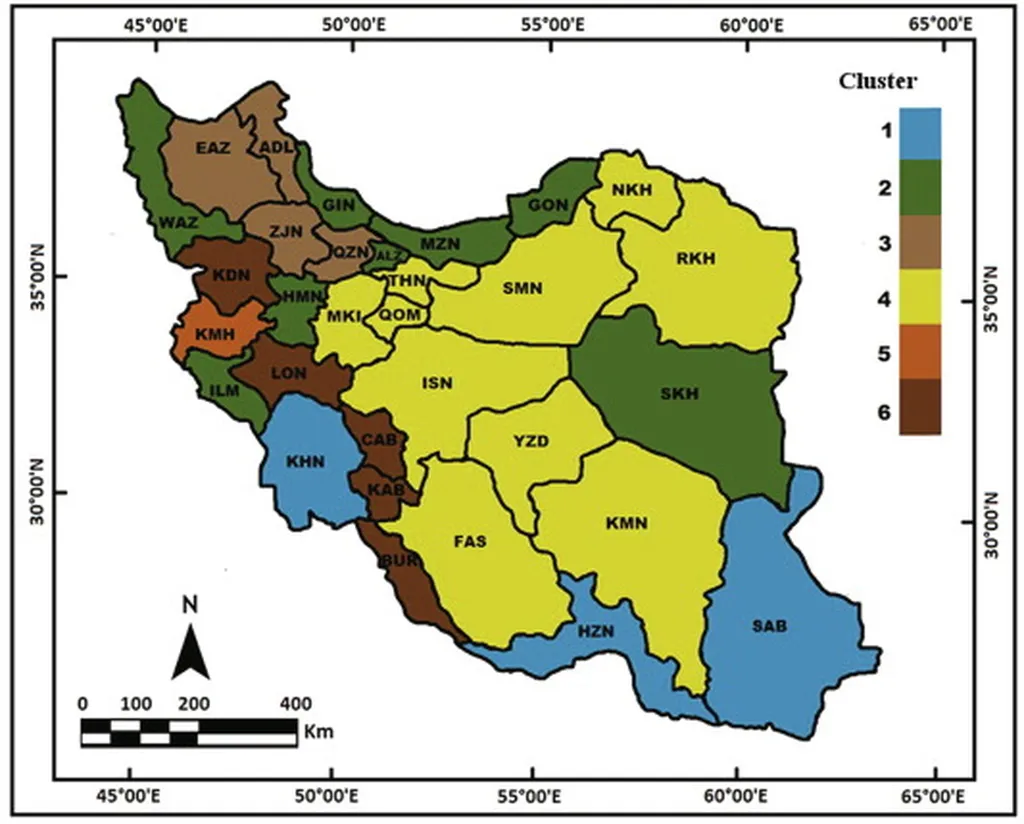In the arid landscapes of Sistan and Baluchistan Province, a quiet revolution is brewing, one that could reshape the way agricultural and non-agricultural businesses approach commerce. A recent study led by Mahsa Jahani from the Department of Agricultural Extension and Education at Shiraz University has shed light on the factors influencing the intention to adopt e-commerce among knowledge-based companies in the region. The findings, published in the journal راهبردهای کارآفرینی در کشاورزی, which translates to “Entrepreneurship Strategies in Agriculture,” offer valuable insights that could drive commercial impacts not just in agriculture but across sectors.
The study, a causal-comparative analysis, delves into the differing motivations and barriers faced by agricultural and non-agricultural companies when considering the launch of electronic businesses. Jahani and her team surveyed 162 individuals, equally representing both sectors, to understand the nuances of their e-commerce adoption intentions.
“Our research revealed that perceived usefulness, attitude toward e-commerce, and digital marketing were pivotal in both sectors,” Jahani explained. “However, the paths to e-commerce adoption were more complex for non-agricultural companies compared to their agricultural counterparts.”
For agricultural companies, digital marketing emerged as a significant direct influencer on the intention to start e-commerce, with perceived usefulness, subjective norms, and attitude toward e-commerce acting as mediating variables. “Digital marketing indirectly affected the intention to start an electronic business in agricultural companies,” Jahani noted.
In contrast, non-agricultural companies were influenced by a broader set of factors. Computer and internet literacy, government and legal support, and digital marketing were direct influencers, with perceived usefulness and attitude toward e-commerce serving as mediators. “Computer and internet literacy, government and legal support, and digital marketing were identified as having the most effects on the intention to start e-commerce in non-agricultural companies,” Jahani added.
The implications of this research are profound. For the agricultural sector, which often lags in technology adoption, the findings underscore the need for targeted training workshops to raise awareness about the benefits of e-commerce. Leveraging local digital market capacities for crop, horticultural, and livestock products could also drive significant growth. “Promoting social norms that support technology acceptance is crucial,” Jahani emphasized.
For non-agricultural companies, the focus should be on specialized training in computer and internet skills, developing robust digital infrastructures, and expanding legal and financial support for online businesses. These steps could play a pivotal role in increasing the intention to launch e-commerce ventures.
The study’s findings could shape future developments in the field by highlighting the importance of tailored strategies for different sectors. As Jahani concluded, “More attention and providing suitable conditions for the use of digital markets will increase the number of businesses venturing into e-commerce.”
In an era where digital transformation is reshaping industries, this research offers a roadmap for businesses in Sistan and Baluchistan Province to harness the power of e-commerce. The journey towards a digitally empowered future starts with understanding the unique needs and challenges of each sector, a lesson that resonates far beyond the arid landscapes of this Iranian province.

